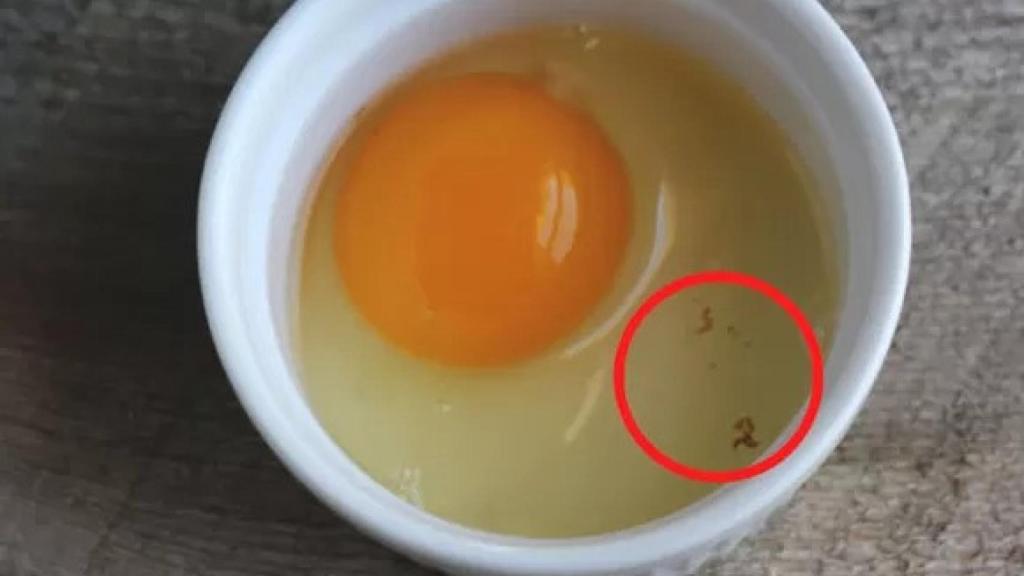
This is what the eggs with brown spots on the white in the US hide: the warning from the experts in the USA
These small spots are more common in homemade eggs and those with dark shells, they are increasingly seen in the United States
Leer en español: Esto es lo que esconden los huevos que tienen motas marrones en la clara en EE.UU: el aviso de los expertos en USA
Noticias relacionadas
Essential in the pantries of all of the United States, one of the most consumed foods in the world and a bomb of high biological value proteins: that's the egg, a handy compendium of nutritional virtues. In U.S. households, according to the latest Consumption report, each American consumes an average of 8.11 kilos of eggs per year. More and more people have stopped demonizing it, as science has been dismantling the beliefs that linked it to higher cholesterol levels and other supposed harms.
A study published in The American Journal of Medicine argues that eating one egg a day is beneficial and is related to a lower risk of coronary artery disease. It is also a very nutritious food, with a high bioavailability of its protein. However, sometimes the appearance of the eggs makes us suspect that their quality is not the best and we have even come to discard some of them, presenting small brown or red spots that we see when we crack them to beat or cook them directly in the pan.
Should we throw them directly in the trash or can we still use them? What do these spots mean? Do they affect our health or not? Food Science and Technology PhD Miguel Ángel Lurueña, a pioneer in dissemination with his blog Gominolas de petróleo, wanted to clarify again that there are two types of spots. The first ones are known as blood spots, produced by small hemorrhages during ovulation and mainly seen on the yolk. The second ones are flesh spots, which also come from oxidized blood.
[This is what happens to your body when you eat an egg every day]
"Small hemorrhages"
"These brown specks sometimes seen in the egg white pose no health risk", the expert reiterated on his social networks, emphasizing that they "may come from small remains of oxidized blood resulting from small hemorrhages that occur during ovulation". They can also "appear due to desquamation of some tissues from the hen" such as the glandular tissue of the ovaries or the epithelium of the oviduct, which is the duct through which the egg circulates, "or form from calcium particles".



